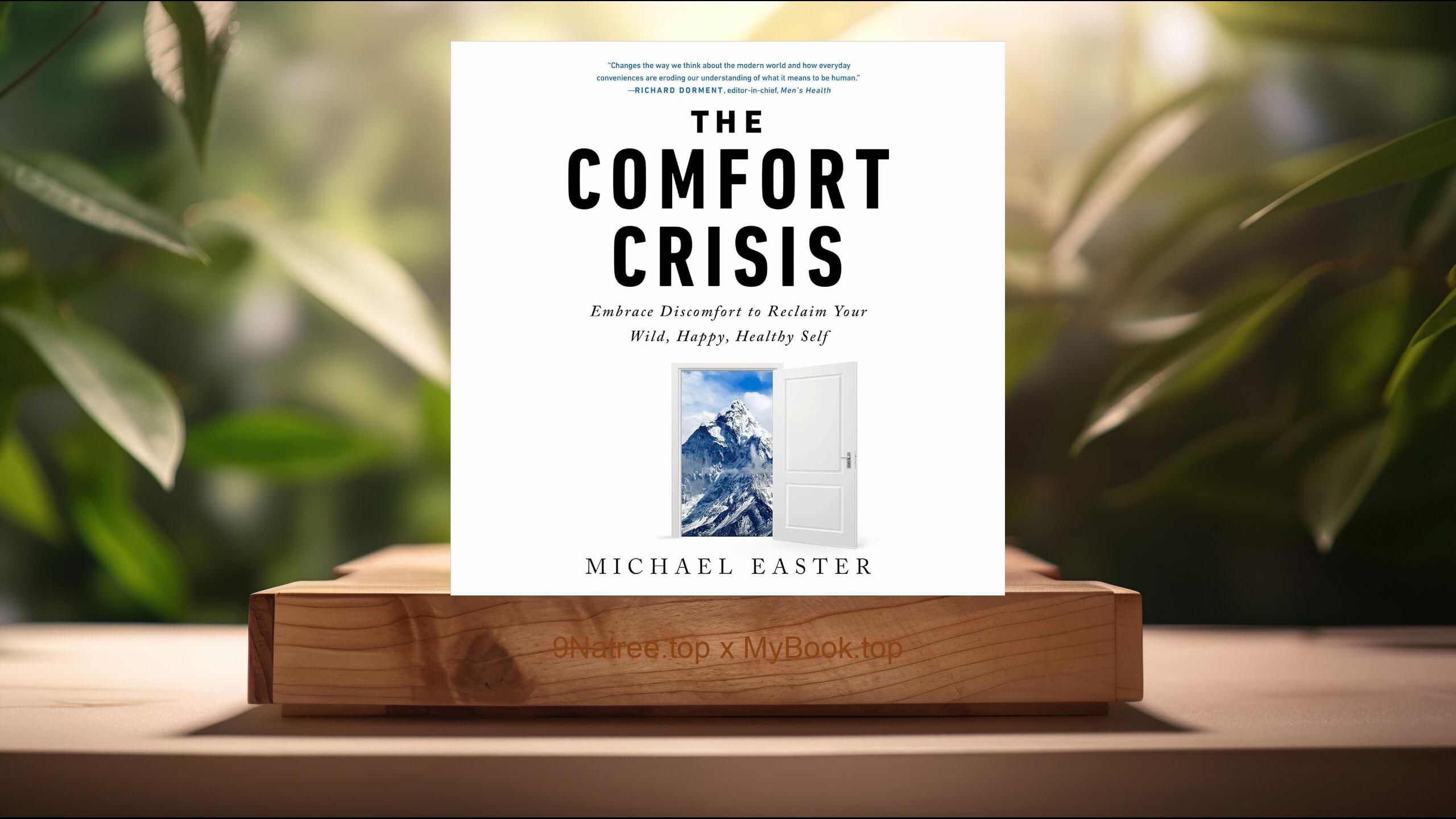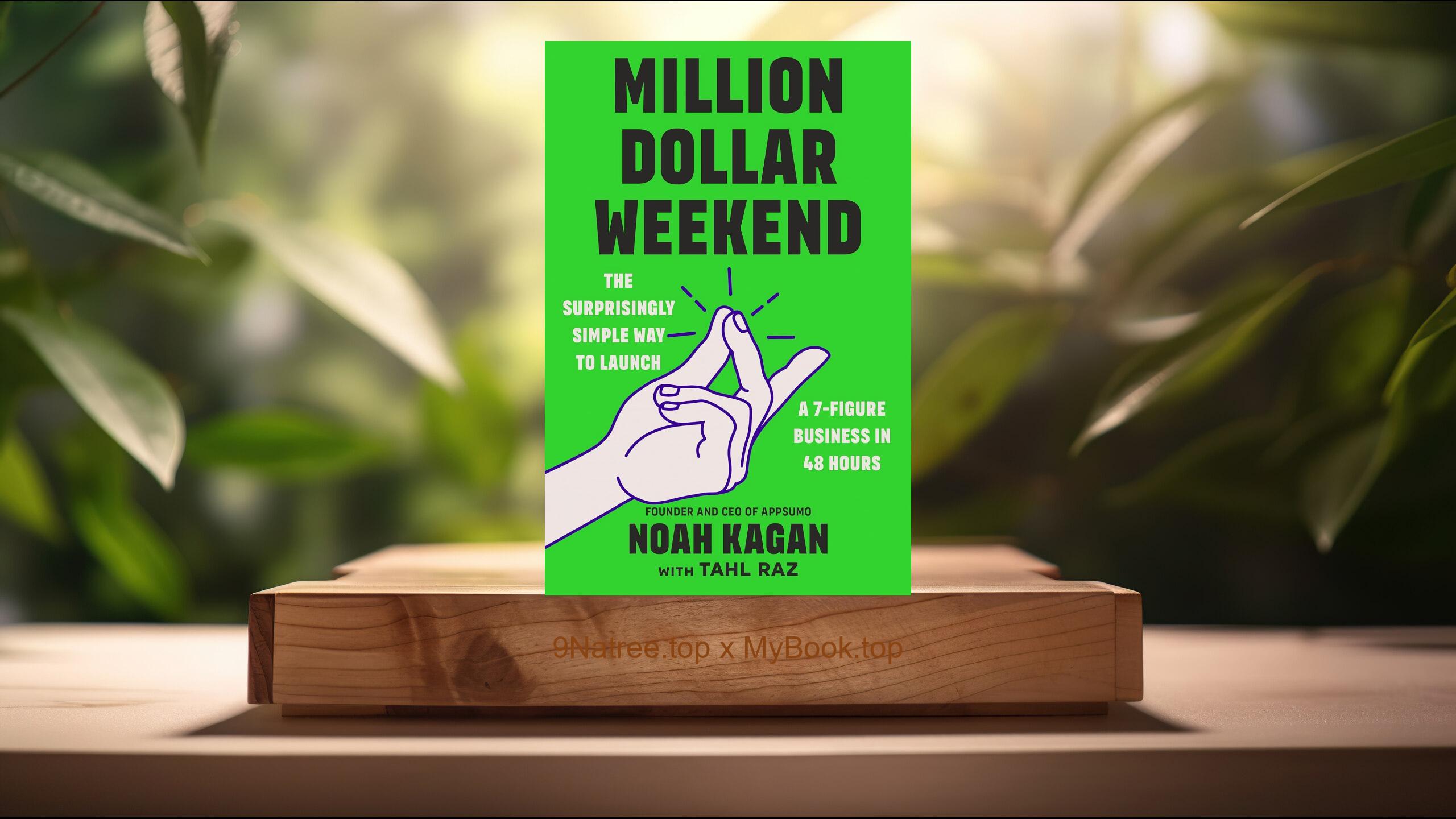Show Notes
Buy on Amazon: https://www.amazon.com/dp/0143116177?tag=9natree-20
Read more: https://mybook.top/read/0143116177/
#Economichistory #Financialsystems #Bankingevolution #Financialmarkets #Financialcrises #Digitalcurrency #Fintechadvancements #Investmentstrategies
These are takeaways from this book.
Firstly, The Origins and Evolution of Money, Money, in its various forms, has been the cornerstone of human civilization, enabling trade and economic growth. Ferguson begins by exploring the transition from barter systems, which were limited by the need for a double coincidence of wants, to the development of money as a universal medium of exchange. He delves into the creation of the first currencies, minted from precious metals, which provided a standardized value for trade. Further, the book examines the invention of banknotes and the concept of fiat money, illustrating how trust in governmental and financial institutions underpins the value of paper money. This journey is essential for understanding how money evolved from tangible assets to digital forms in today's economy.
Secondly, The Birth and Growth of Banking, Ferguson traces the emergence of banking from its infancy in Renaissance Italy, where merchants began to require loans to finance their ventures, leading to the establishment of the first banks. These institutions initially focused on facilitating transactions and providing secure storage for money, but they quickly evolved to offer loans, transforming them into pivotal players in the economic landscape. The author explains how the development of central banks, such as the Bank of England, further revolutionized the financial sector by managing national currency and serving as lenders of last resort. This history is crucial to understanding the role of banks in creating the credit that fuels economies worldwide.
Thirdly, The Rise of Stocks, Bonds, and Financial Markets, This section discusses the advent of stocks and bonds as ways for companies and governments to raise capital, marking the birth of financial markets. Ferguson explains how the stock exchanges and bond markets provided platforms for investors to buy and sell securities, leading to the creation of wealth and the spread of risk. The author highlights significant moments such as the Dutch East India Company issuing the first shares and the South Sea Bubble as examples of the potential and peril in these markets. Understanding the development and evolution of these financial instruments is key to grasping how they've come to dominate global investment strategies.
Fourthly, Financial Crises and the Cycle of Boom and Bust, Ferguson delves into the cyclical nature of the financial system, characterized by periods of economic boom followed by inevitable busts. Through historical examples, including the Great Depression and more recent events like the 2008 financial crisis, he illustrates the underlying causes and consequences of these downturns. This analysis sheds light on the roles of speculation, leverage, and regulatory failure in precipitating financial crises. By examining the patterns and triggers of these events, Ferguson provides valuable insights into the vulnerabilities of the financial system and the importance of safeguarding against future collapses.
Lastly, The Future of Money and Financial Technology, In this forward-looking section, Ferguson discusses the rapid advancements in financial technology and its implications for the future of money. From the advent of cryptocurrencies like Bitcoin to the development of mobile payments and digital banking, technology is transforming the way we transact and interact with financial systems. Ferguson debates the potential for these innovations to democratize finance, enhance efficiency, and foster financial inclusion. However, he also warns of the challenges they pose, including regulatory dilemmas and the risk of cybercrime. This segment underlines the ongoing evolution of finance and the need to adapt to an increasingly digital economic landscape.
In conclusion, ‘The Ascent of Money: A Financial History of the World’ is an essential read for anyone interested in understanding the forces that shape our economic system and influence global history. Niall Ferguson’s work offers a thorough exploration of the development of financial institutions, mechanisms, and crises, making complex subjects accessible to a broad audience. Students, professionals in the financial sector, and history enthusiasts would especially benefit from this book, gaining insights into the past, present, and future of money. Furthermore, anyone looking to grasp the current financial landscape and its pivotal moments will find Ferguson's analysis invaluable. By understanding the ebb and flow of financial history, readers can better navigate the complexities of the financial world today, making informed decisions in their personal and professional lives.
![[Review] The Ascent of Money: A Financial History of the World: 10th Anniversary Edition (Niall Ferguson) Summarized](https://episodes.castos.com/660078c6833215-59505987/images/1699887/c1a-085k3-3322kv0kh72w-oaugmr.jpg)




